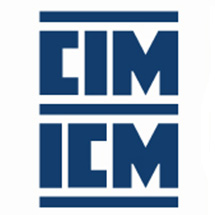Panel Session:
Main Stage, Production | Pitfalls in Cut-Off Grade Estimation – Getting the Modifying Factors Right
Cut-off grade (COG), is a standard, industry-accepted method used to determine which part of a mineral deposit to include in a Mineral Resource or a Mineral Reserve estimate, or potentially in an operation’s Life of Mine Plan (LOM). It is the minimum grade (or value) at which mineralized material can be economically mined or processed.
Selecting the correct COG is essential. It affects the mine plan, cash flow, mine cost, sustainability and profitability of the operation. However, the work required to generate the optimum COG is often not given the requisite attention and diligence.
The widely-adopted method to calculate the COG is a break-even methodology. This approach accepts mining material which will generate revenue from the sale of the finished product that is equal to the cost of certain modifying factors, such as mining, processing, G&A, among others. The pitfall here is that the method does not clearly outline what specific modifying factors to apply. The decision is often left to the differing opinions and the personal judgement of mine professionals. Therefore, depending on the inclusion of certain factors there is a wide implication on the future and profitability of the mine.
In determining which common modifying factors are used in the industry, a 2019 survey of approximately 100 global mines and projects were accessed. We found much common ground although there were items where opinions varied widely.
This paper presents common modifying factors used in the industry, a case study demonstrating the impact on value of various modifying factors used on a deposit and provides guidance on which factors should be applied at your mine.




